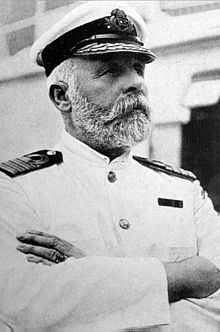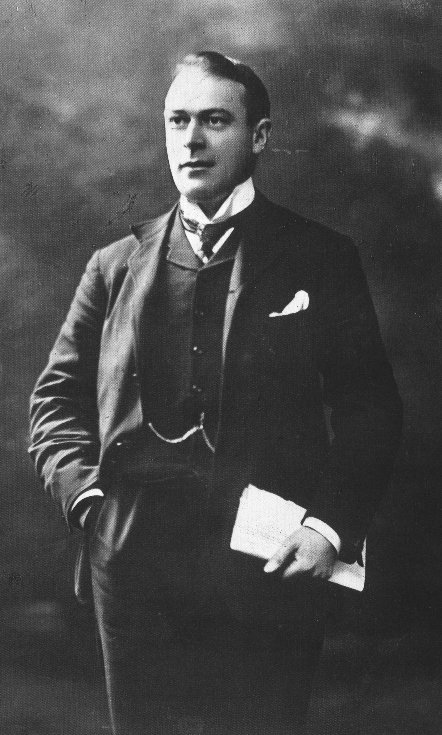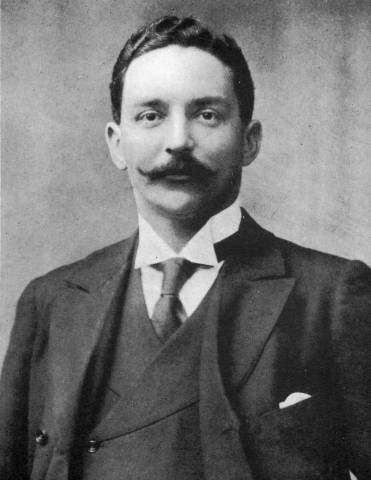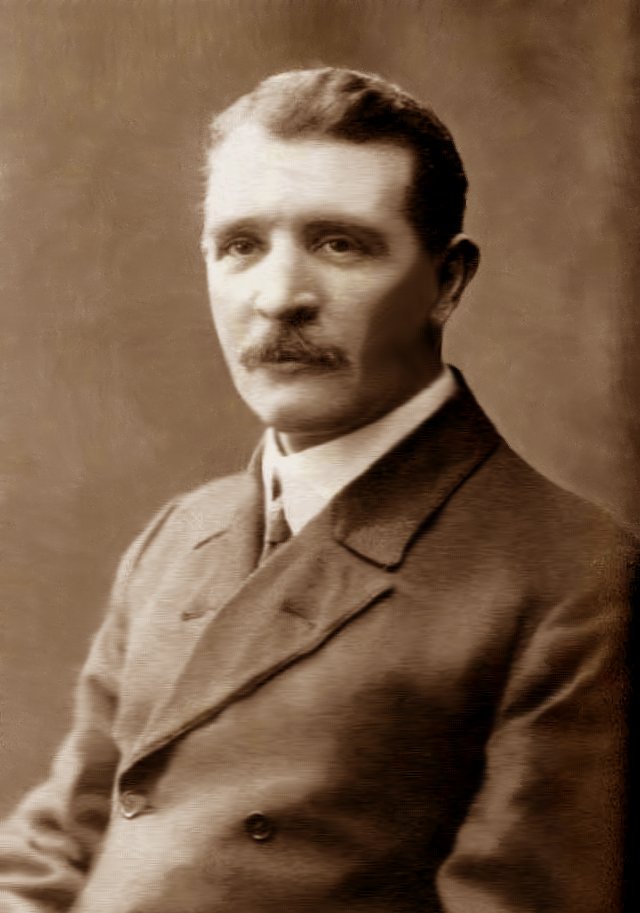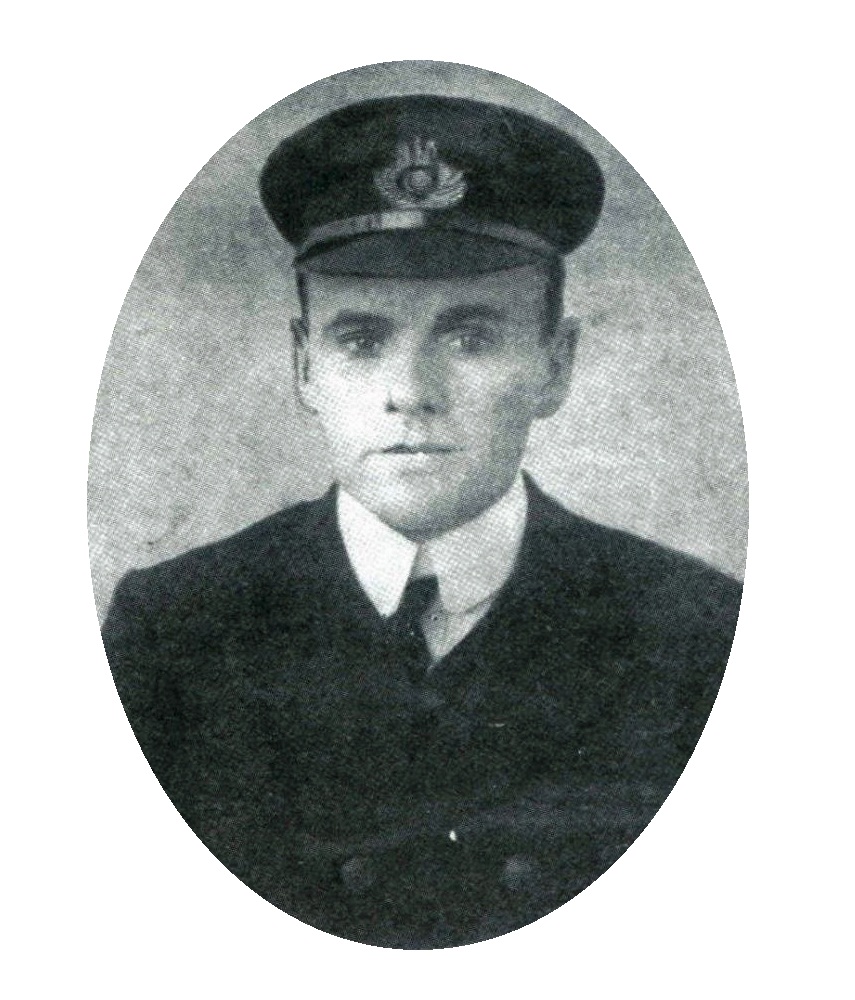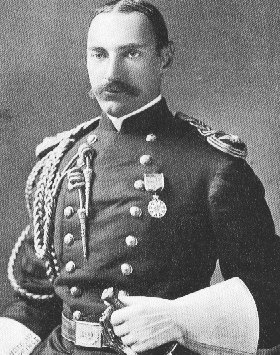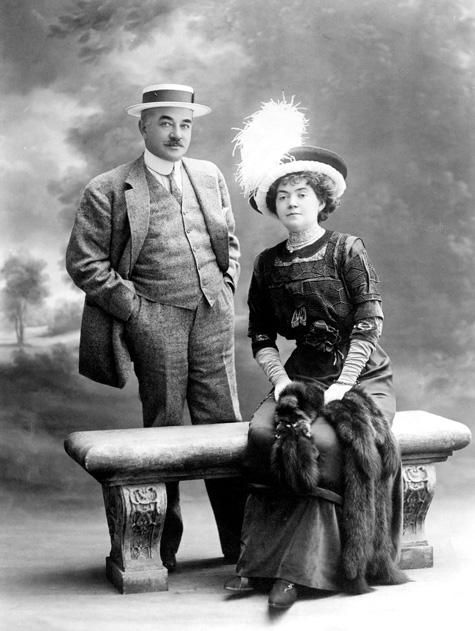Titanic’s Passengers and Crew
Titanic Crew and Passengers Cards
Of course you know who Edward Smith, William Murdoch, Charles Lightoller, Herbert Pitman, Joseph Boxhall, Godfrey Lowe, James Moody, Henry Wilde, Thomas Andrews, Bruce Ismay, Frederick Fleet, David Blair, Jack Phillips, Herbert McElroy, Millvina Dean, Benjamin Guggenheim, Isidor Straus, Dorothy Gobson, Molly Brown and John Jacob Astor all are. But just incase it may have slipped your memory, download our Titanic Passengers and Crew Resource.
This is very useful for a research activity and can even be used as a display once you have finished using the flashcards.
Edward J. Smith
Captain Edward J. Smith was Born on January 27, 1850, in Hanley, Staffordshire, England, and was a key figure in the Titanic story. The son of a potter and grocer, Smith signed up at the age of 16 for crew on the Senator Weber. For years Edward Smith role up the ranks, gaining certificates and qualifications. Smith took charge of many passenger liners in his time. A few of the ships: S.S Baltic, 1988; S.S Britannic, 1988; S.S Republic, 1989; S.S Celtic, 1989; S.S Coptic, 1989-90; S.S Adriatic 1990-91 and S.S Runic 1991 to name but a few.
Years Later, in 1910 The Olympic was launched with Smith in command. This ship was damaged in September 1911 when a British Royal Navy cruiser crashed into its side. In 1912, Smith became the captain for the Titanic. He was in Belfast on April 2, 1912, for the vessel’s first sea trials. Two days later, the ship docked in Southampton and was prepared for its maiden voyage. When Titanic struck the iceberg, Smith helped with the loading of the boats and managing the transmission of distress calls. He was last seen headed for the bridge.
After 2 a.m. the next morning, the Titanic fully slipped into the dark, cold waters of the North Atlantic, taking its captain with it. Copious stories have emerged about how Captain Smith’s life ended. There were reports that he had shot himself on the bridge. Another report had him in the water, swimming with an infant in tow and putting the child on a lifeboat before slipping beneath the water. It is commonly held, however, that Smith followed the marine tradition of remaining aboard his doomed vessel.
To learn more specifics on dates and more ships Click Here . If you would like to know more about Captain Smith Click Here.
Thomas Andrews
Thomas Andrews Junior ( more commonly known as Tommie ) was born on 7 February 1873 in Comber, County Down, Northern Ireland. Tommie’s parents were Thomas Andrews and Eliza Pirrie, who was the sister of Lord Pirrie, the future chairman of the Harland and Wolff shipyard in Belfast. After leaving school aged 16, Tommie began work as an apprentice in the Harland and Wolff shipyard and moved to live in lodgings in Belfast. He studied at night classes in the Belfast College of Technology and found his vocation, specialising as a ship designer. At the age of 28, he became head of the Designing Department. In 1907, he was appointed managing director of Harland and Wolff.
In December 1908, work began on Olympic and Titanic, the first of the Olympic class of liners conceived by his uncle, Lord Pirrie.
April 14 1912, after striking an Iceberg (11:40pm) Tommie inspected the damage in the compartments and concluded that the Titanic would sink. He spent the final moments of his life encouraging passengers to get to the lifeboats. The following cablegram, despatched by the White Star Line from its New York office, described what Tommie did:
“After accident, Andrews ascertained damage, advised passengers put heavy clothing, prepare [to] leave [the] vessel. Many sceptical about seriousness damage, but impressed by Andrews’ knowledge, personality, followed his advice, saved their lives. He assisted many women, children to lifeboats. When last seen, officers say was throwing overboard deck chairs, other objects, to people in water. His chief concern, safety of everyone but himself.”
To learn more about Thomas Andrews and the lives he affected, Click Here for a video documentary.
Bruce Ismay
Born on December 12, 1862, in Crosby, England, Joseph Ismay served as White Star Line’s company agent in New York before returning to England in 1891 and being made partner. After his father died in 1899, he took the helm at Ismay, Imrie and Company. In 1907, he decided to build the RMS Titanic. In 1912, he boarded the Titanic and survived the sinking.
After his father died in 1899, Bruce Ismay merged the Ismay, Imrie and Company and the White Star Line with other shipping companies to form the International Mercantile Marine Company. In 1907, he and partner Lord Pirrie decided to build a new ship in response to the growing demand for luxury at sea. The RMS Titanic was to be the largest, most luxurious ship in the world.
On April 10, 1912, Ismay boarded the Titanic for its maiden voyage, a tradition he followed for all of the company’s ships. At 1.45am. on April 15, 1912, an hour and a half after the Titanic hit the iceberg, J Bruce Ismay, president of the company that built the ship, jumped into one of the last lifeboats to leave on the starboard side. At 6ft 4in, Ismay towered over the other survivors sitting on the boards. Once in the lifeboat, Ismay, with his back to the scene, kept his eyes fixed on the distance. “I did not wish to see her go down,” he later confessed. “I am glad I did not.”
After he survived the sinking, Ismay started a fund to benefit the widows of lost seamen. He was married to Julia Florence Schieffelin; they had two sons and two daughters. He died on October 17, 1937.
To read more about Bruce’s life after that night, Click Here.
William McMaster Murdoch
Mr William McMaster Murdoch, 39, was born on 28th February, 1873 at “Sunnyside”, Dalbeattie, Dumfries, Scotland, the fourth son of Samual Murdoch and Jane ‘Jeannie’ Muirhead.Thirty-nine year-old William McMaster Murdoch, with an “ordinary master’s certificate” and a reputation as a “canny and dependable man” had climbed through the ranks of the White Star Line to become one of its foremost senior officers. It was only natural that he was selected to be Titanic‘s Chief Officer. At the last moment, Captain Smith reshuffled the senior crew’s positions to accommodate Henry Tingle Wilde as Chief Officer (as he had been aboard Olympic). This meant that Murdoch was bumped down to the position of First Officer, and Charles Herbert Lightoller to Second Officer. To view the original document Click Here.
One can only imagine Murdoch’s disappointment at his demotion. In a letter to his sister “Peg” (9 years younger than him) written on April 8th, 1912, two days before sailing, while his wife Ada was taken on a tour of the new ship, he writes:
“I am still Chief Offr [Officer] until sailing day & then it looks as though I will have to step back, [to First Officer] so I am hoping that it will not be for long. The head Marine Supt. [Superintendent] from L’pool [Liverpool] seemed to be very favourably impressed & satisfied that everything went on A.1 [OK] & as much as promised that when Wilde goes I am to go up again.”
To learn more about William Murdoch Click Here.
To learn more about what Murdoch did during the disaster Click Here.
Charles Herbert Lightoller
Charles Herbert Lightoller was the second mate (second officer) on board the RMS Titanic, and the most senior officer to survive the Titanic disaster. Charles Herbert Lightoller was born in Chorley, Lancashire, on 30 March 1874. His mother, Sarah Lightoller, died shortly after giving birth to him. He was born into a cotton family who owned the Lightoller Mill in Chorley. His father, Fred Lightoller, abandoned young Charles and left for New Zealand. At the age of 13, not wanting to end up with a factory job like most of Britain’s youth at the time, young Charles began a four-year apprenticeship on board the barque Primrose Hill.
Lightoller served as First Officer during Titanic’s sea trials, but Captain Edward J. Smith eventually made Henry T. Wilde his Chief Officer. As a result of this shift, Lightoller was moved down to Second Officer, the position he would hold throughout his voyage on Titanic.
On April 14, 1912, Second Officer Lightoller began his four-hour shift at 6:00 pm. At 10:00pm, Lightoller was relieved by First Officer Murdoch, and informed him that the lookout had been instructed to keep his eyes pealed for ice. He returned to his cabin, and at 11:40pm, was beginning to fall asleep when he felt a vibration.
Lightoller proceeded to take charge of the even number boats on the port side, but he soon determined that he had to use hand signals compensate for the overwhelming noise. After all other boats had been loaded, thirty men had climbed onto the overturned Collapsible B. The survivors included two First Class passengers, Lightoller, Colonel Gracie, and the two Marconi Operators. The rest were all crew members, who embraced their last opportunity to escape death.
The Carpathia arrived at dawn and just in time. At this point, Collapsible B was slowly sinking. Lightoller found himself in lifeboat 12, designed for 65-capacity; the small boat now contained 75 survivors. Lifeboat 12 was the last boat to be rescued by the Carpathia. Lightoller had helped all the survivors out before he climbed aboard before struggling aboard the rescue ship himself. He was the last Titanic survivor taken aboard the Carpathia.
To listen to a recount of Charles H. Lightoller’s experience that night Click Here.
John Jacob Astor
John Astor IV was born on July 13, 1864 and was an American millionaire. He was a businessman, inventor, writer, a member of the prominent Astor family. His Grandfather was known as the ‘Landlord of New York’. John was also a lieutenant colonel in the Spanish-American War.
At the age of 47, Astor married 18-year–old Madeleine Talmadge Force on September 11, 1911 and took an extended honeymoon in Europe. Their return trip to New York was on the ill-fated Titanic. John Jacob Astor and his pregnant wife boarded the Titanic in Cherbourg along with his servant, his wife’s maid and nurse and his pet Airedale. John Jacob Astor was the wealthiest man on the Titanic.
Once the Titanic struck the iceberg he is reported to have said, ‘I asked for ice, but this is ridiculous.’ He later helped his wife onto lifeboat 4 and asked Second Officer Lightoller if he could accompany his wife as she was ‘in a delicate condition’. Lightoller refused. John Jacob Astor died by drowning but there are some claims that his body was crushed by a falling funnel.
On August 14, 1912 John Jacob (Jakey) Astor VI was born and was known as the ‘Titanic Baby’.
To Learn more about J. J. Astor Click Here.
The Hersheys (Did not Board)
In December 1911, Milton S. Hershey, the founder of the Hershey Chocolate Company, put down a $300 deposit (about $7,281 today) for a state room aboard the Titanic but did not board. It’s not certain exactly what caused Hershey to abandon the Titanic trip at the last minute, as the company will only say that he found it necessary to return to the United States earlier. There are two theories: first, a pressing matter at the factory required his attention, and second, that his wife Kitty had fallen ill, resulting in an early departure. Hershey and his wife hopped on the German ship Amerika and arrived in the United States several days before the Titanic sank.


